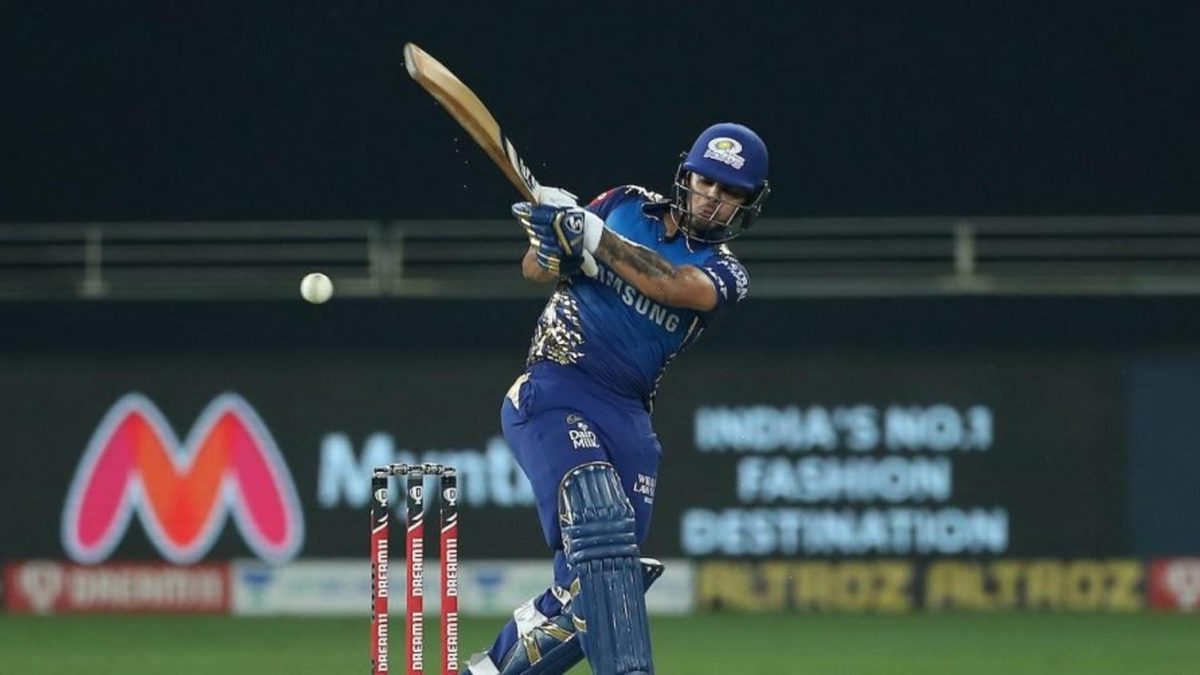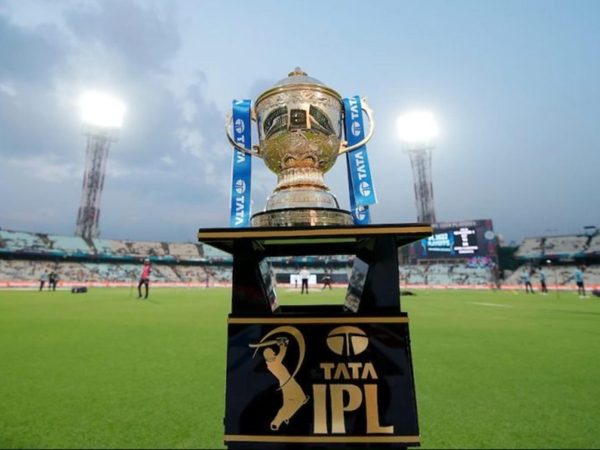
Dropping Ishan Kishan is a move that could come back to haunt Mumbai Indians, writes Rohit Sankar.
Subscribe to the Wisden Cricket YouTube channel for post-match awards, player interviews, analysis and much more.
Despite being defending champions and five-time title winners, Mumbai Indians are known for their slow starts in a season. You don’t see them press the panic button often, and even when they do make a signifcant change, it’s usually calculated and well-thought out. In IPL 2021, they have had a slow start, losing three of their first six matches. With their batting misfiring, they have chosen to bench their highest run-scorer from IPL 2020 – Ishan Kishan – to bolster the bowling. It’s a very un-Mumbai like move and could be an early sign of the hitherto unstoppable Mumbai juggernaut finally cracking. Here’s why:
There is mitigation for Kishan’s struggles
Kishan made scores of 28, 1, 12, 26 and 6 in the Chennai leg where the slow, low wickets made batting tough. Two of those knocks came at a strike-rate of less than 60, terrible by T20 standards. Batting in Chennai is generally an arduous task and even experienced players find the going tough. Kishan came in after the powerplay in all but one of those knocks. In two of them his entry point was after the 10th over when batting became even harder. In one of them he was up against Rashid Khan and Mujeeb-ur-Rahman from the outset on a sluggish deck. While his knocks weren’t ideal, one gets the sense that Mumbai have had little patience with a young star like Kishan compared to some of their more established names.
Other players are misfiring as well
There are other experienced players who have failed to adapt with the Chepauk surface. Quinton de Kock and Hardik Pandya each struck at less than a run-a-ball at the venue this season and one of them had a better phase to bat in than Kishan. Considering that Kishan can keep and open the batting, it is surprising that he was benched before de Kock, who also occupies an overseas slot. De Kock justified the call to keep him in the mix with a brilliant half-century from the top in the game against Rajasthan on Thursday, but that, on a truer Delhi wicket, could very well have been played by Kishan had he been persisted with.
Kishan has covered for other weaknesses
Mumbai’s middle-order was exposed by a slew of short balls by Kolkata Knight Riders in a match earlier this season. It’s a template several teams have followed against them of late. Hardik, Kieron Pollard and Krunal Pandya struggle with the delivery and their scoring rate has been cut down significantly this way. Pollard’s strike-rate this season is his worst since 2011. Hardik’s is below 100.
Kishan was audacious against high pace and bounce last season, taking on the likes of Kagiso Rabada and Anrich Nortje with conviction. Kishan is also the only left-hander in the top six aside from de Kock. On Thursday they pushed Krunal at No.4 to break the monotony of right-handers, and it worked, but the make up of Rajasthan’s bowling attack, which has more skiddy pacers than hit-the-deck bowlers who can test him with short balls, allowed that. Leaving Kishan out makes it easier for teams to target Mumbai with high pace and leg-spin in the middle-overs.
Mumbai’s middle overs batting is creaking
In IPL 2020, Mumbai Indians scored at a rate of 8.01 in the middle overs (over 7-16), the best by any team. In IPL 2021, that has come down to 7.33, the second worst for any team after Sunrisers Hyderabad. While that is partly to do with where they have played – Chennai – letting go of one of their most versatile batsmen in this phase makes little sense. Since IPL 2020, Kishan strikes at a rate of over 130 against both pace and spin in this phase. The only other Mumbai batsman to do so is Rohit Sharma. With teams targeting Mumbai with pace, Kishan’s presence would arguably have more value than that of an out-of-form de Kock at the top.
*Stats as of April 29 2021 (after Mumbai Indians v Rajasthan Royals)








